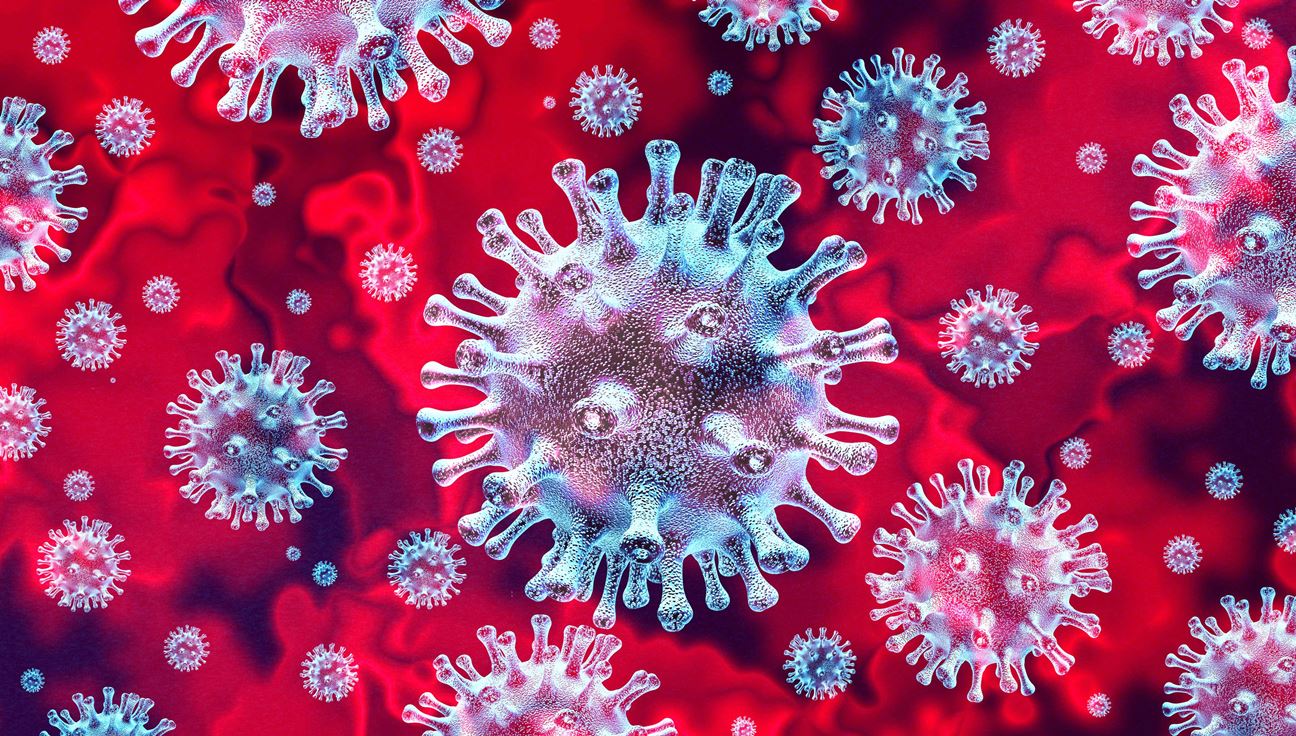An insight into the unknown world of the emerging disease by focusing on the spread of the coronavirus.
There are in fact many kinds of coronaviruses. Most of them are usually mild and can cause flu. Others like SARS (Severe Acute Respiratory Syndrome) and MERS (Middle East Respiratory Syndrome) can be quite severe. Usually, they don’t spread between different animals, but the new 2019 coronavirus seems to have done exactly that.
The origin of this disease is still debated, however initial reports traced it back to a seafood market in Wuhan, where people who visited it got viral pneumonia caused by the coronavirus. There is very little reliable information regarding this virus due to its novelty. It seems to originate from animals but is now spreading from humans to humans.

There’s no reason to panic- depending on where you are. However, the disease has been spreading through airports and other forms of travel. There have not been any reported deaths due to the coronavirus outside of China, Hong Kong, and the Philippines. As of now, there are 13,481 cases, out of which 15% (4,824) are critical, and there have been 638 deaths.
The problem with this virus is the seemingly mild and symptomless incubation period of the virus. The virus can take up to 14 days to show symptoms, wherein the person can already be infected. This is why seemingly healthy people unsuspectingly travelled and unknowingly spread the disease. Therefore, the number of cases seems to have skyrocketed in a small amount of time. People didn’t suddenly get infected by the thousands - they were already infected but didn’t know it yet.
The problem with viruses is that they can be prevented, but do not have a cure as such. You can treat the symptoms; in this case, they are cough, fever, shortness of breath, and in extreme cases severe respiratory problems and kidney failure. Since this virus was new, nobody was prepared for it. It highlights the lack of information we have against emerging diseases.

Emerging diseases are becoming increasingly common. You’re probably thinking 'antibiotic resistance', right? In fact, antibiotic resistance is quite low on the list of reasons for new diseases. Some of the biggest reasons are climate change, deforestation, and forest fragmentation. Zoonotic disease — diseases that spread from humans to animals — are becoming more common as we fragment forests. Why? Biodiversity decreases, and the species that can properly survive a damaged habitat are usually the reservoir for these diseases. For example, if there is high biodiversity, and not all the species can incubate the virus, it cannot successfully spread. However as biodiversity decreases, and the population of the reservoir species increases (animals like rats are an example of a reservoir species that thrive with low biodiversity) the disease can spread more successfully. This is often ignored as a cause for emerging disease, and though not certain, could have kick-started the coronavirus epidemic as well.
What is the coronavirus and why is it here? It’s not a stretch to say that it’s something we potentially forced out through our irresponsible urbanisation and consumerism.